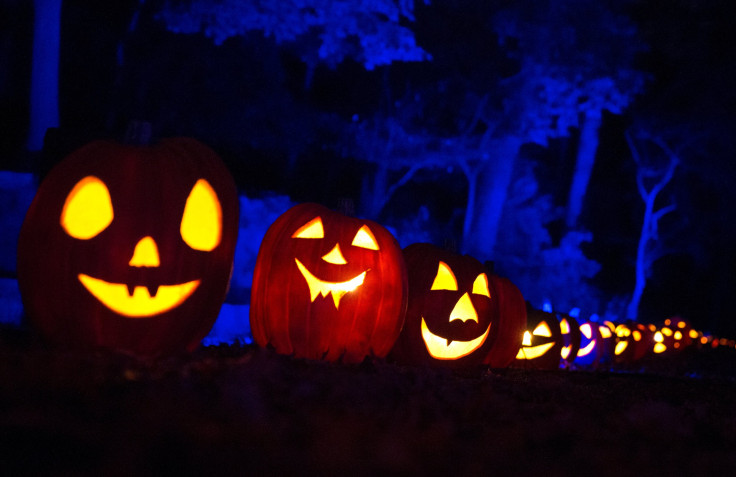Samhain 2016: 8 Things You Need To Know About The Pagan Festival

Hundreds of years ago, Halloween was a day that was observed for reasons other than merely collecting candy from door to door. The observation, which is Monday, was first an old, holy pagan holiday known as Samhain. Pronounced “sow-in,” Samhain was celebrated by the Irish Druids and Wiccans a two-day Celtic festival that began Oct. 31, according to History.com.
The festival was also created in observance of the time change when days are darker and was celebrated by the Celts in Ireland thousands of years ago. At the time, the Celts also celebrated their New Year on the first of November. The evening of Oct. 31 was believed to be a time when the spirits of the dead returned to the earth.
In remembrance of the original “Halloween,” here are eight quick facts about the ancient Celtic festival of Samhain.
- The holiday was also considered a “Sabbat” which served to honor ancestors and the deceased, according to About Religion.
- “Samhain” a Gaelic word, refers to the end of the summer.
- For the festival, many would light bonfires and scare away ghosts or spirits by dressing up in costume.
- It was a common Celtic belief that on the evening prior to their New Year, the “veil” separating the worlds of the dead and the living became thinner.
- Celts also believed that the presence of returning spirits was helpful to Celtic priests, or the Druids and that their visage allowed the Druids to predict the future.
- To commemorate the harvest of the season, crops were also burned and animals were sacrificed to deities.
- The costumes the Celts would wear would often include animal skins and heads.
- When the Romans eventually conquered the Celts by 43 A.D., Samhain and two other Roman festivals were combined, which eventually laid the groundwork for many of the modern-day traditions that are associated with Halloween today.
© Copyright IBTimes 2024. All rights reserved.






















